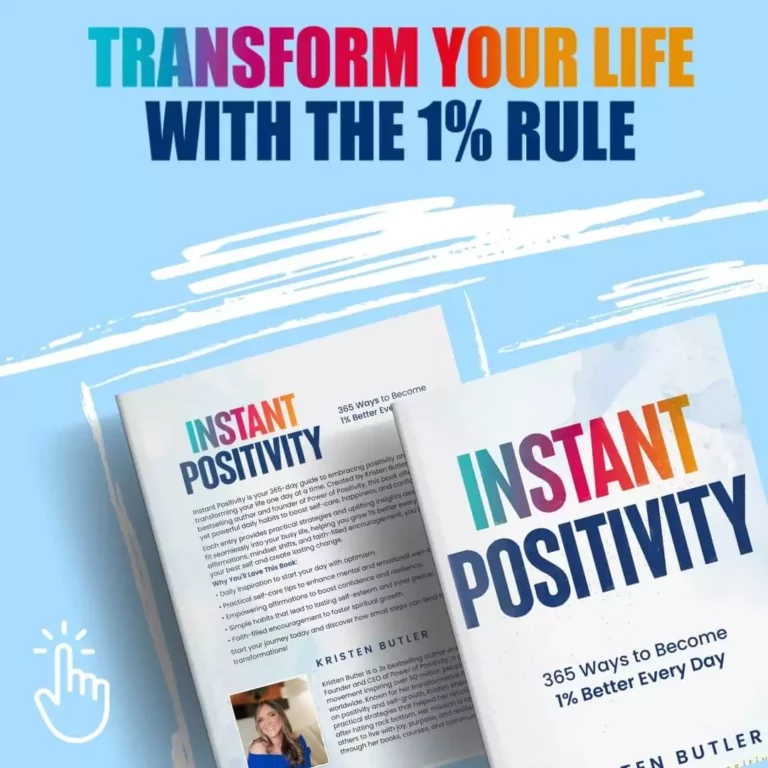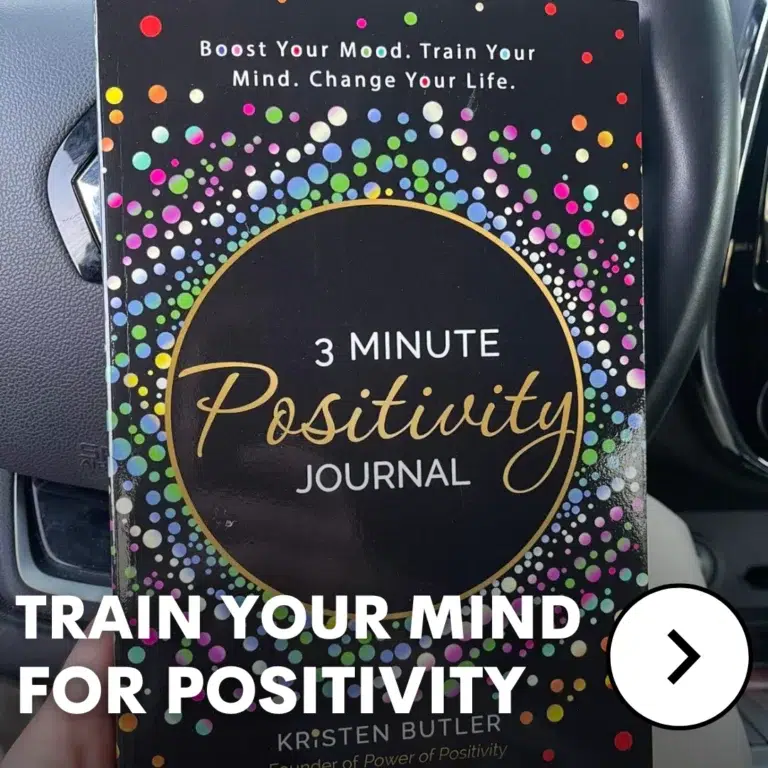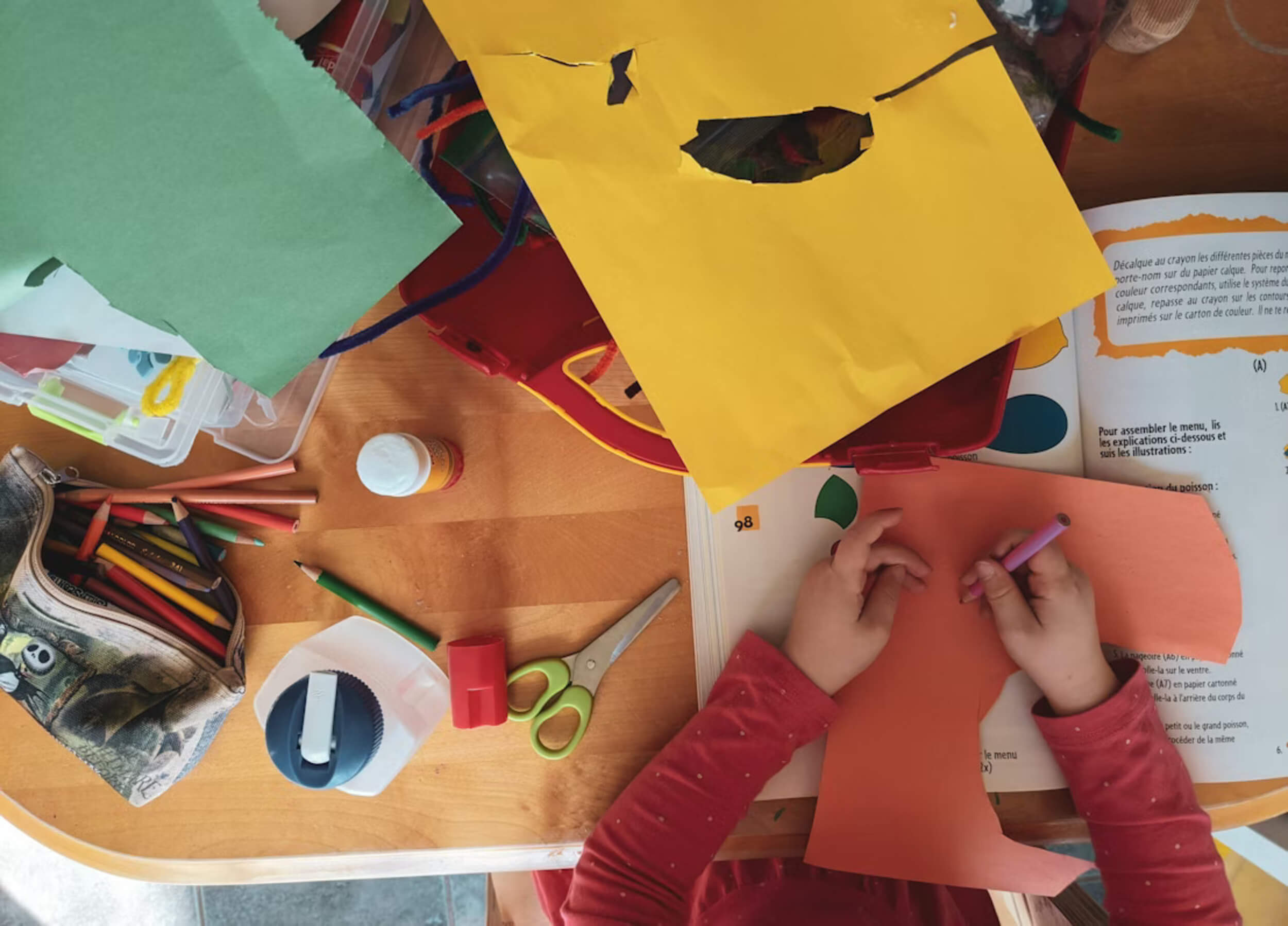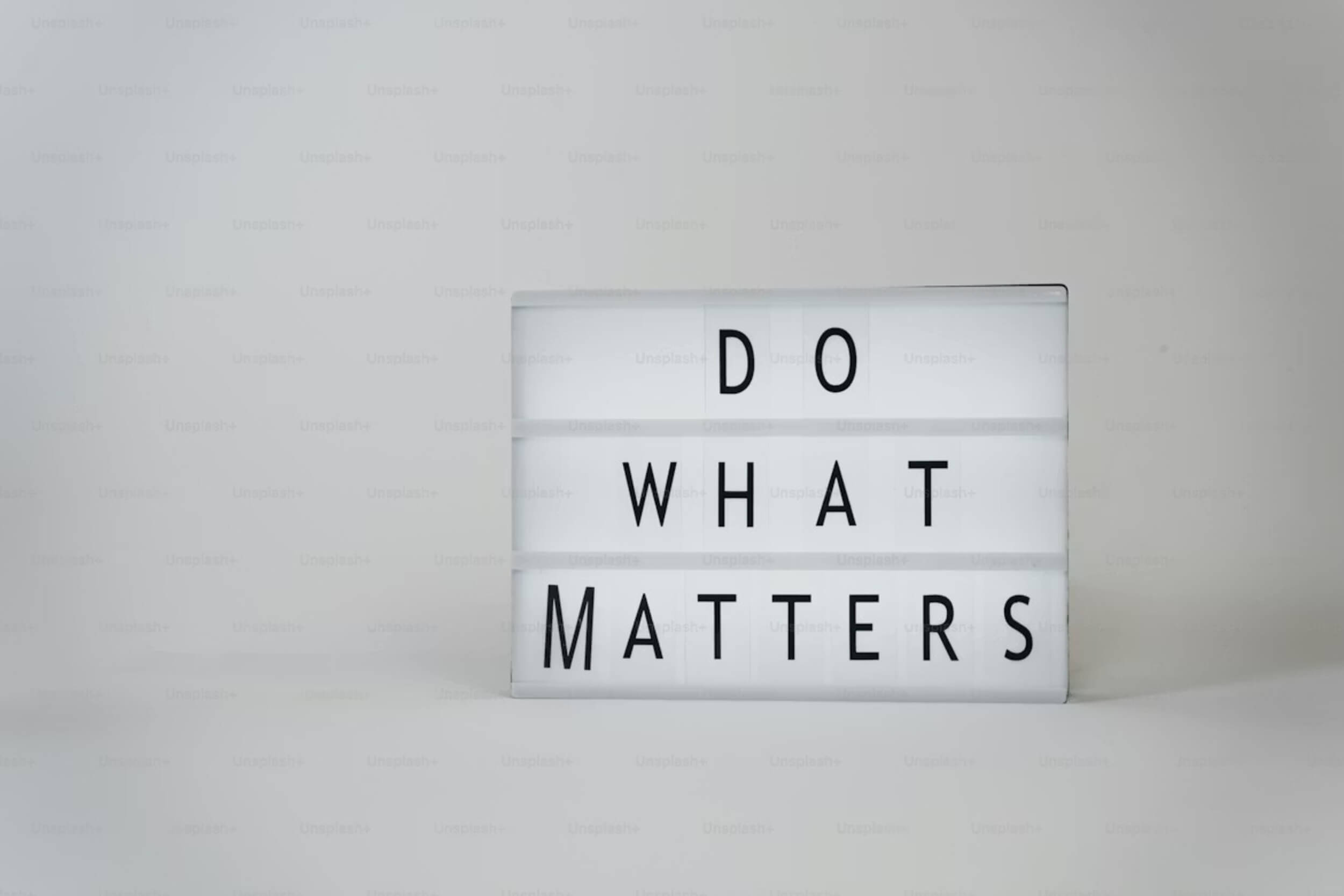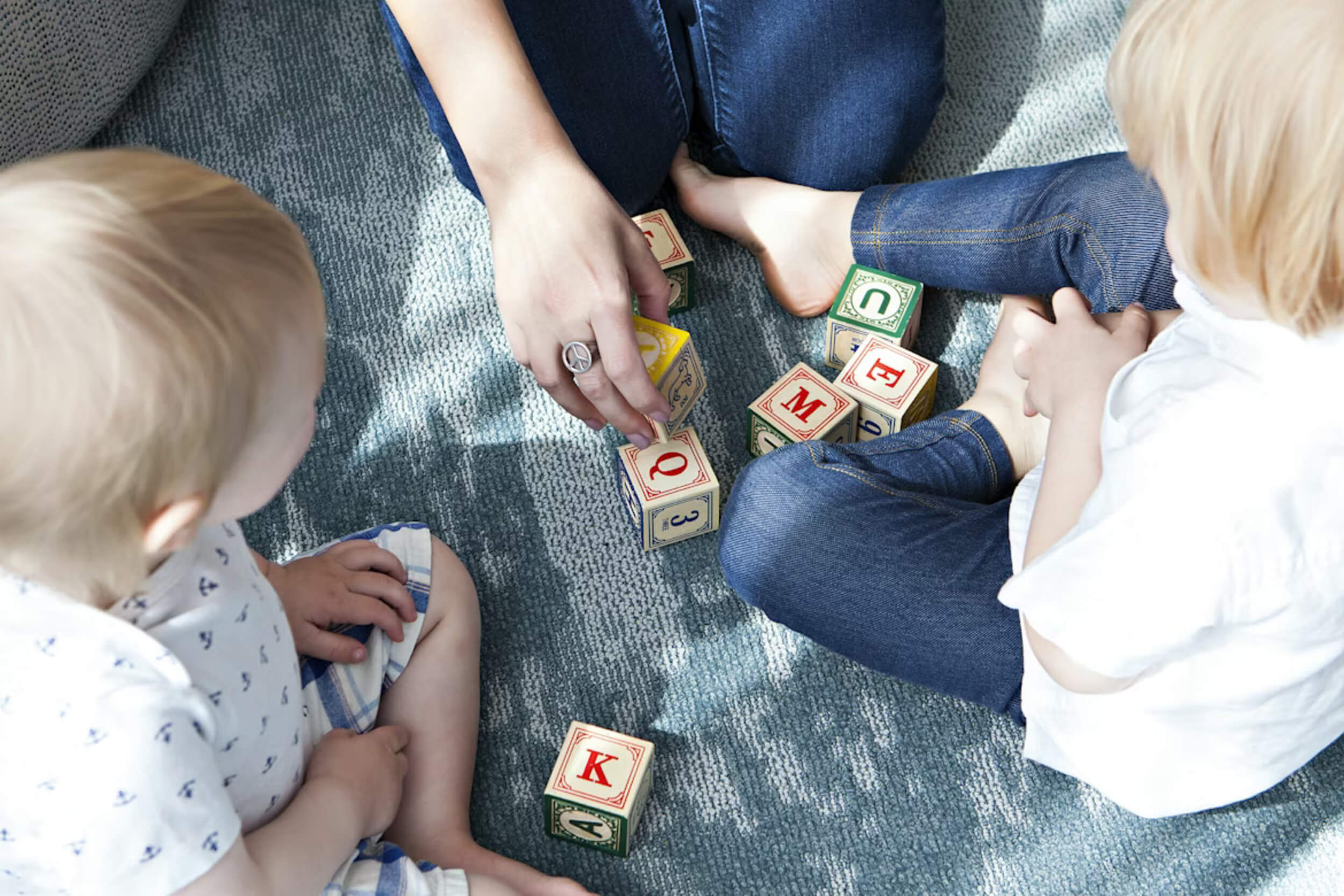Ever notice how some relationships feel calm and easy while others leave you drained? It’s rarely just about love—it’s about limits. Healthy relationships grow stronger when both people feel respected, safe, and valued for who they are. Boundaries make that possible. They aren’t walls that keep people out; they’re quiet agreements that protect your peace while keeping connection alive.
Without them, small frustrations pile up. One person gives too much, the other takes without realizing, and communication slowly breaks down. Over time, even good relationships can start to feel heavy or one-sided. Setting clear boundaries brings balance back—it keeps love kind, trust steady, and both people feeling understood.
To understand what makes relationships strong, we first need to understand what boundaries really are.
What Boundaries Really Mean in Relationships
Every healthy relationship needs a sense of balance. Boundaries are the invisible lines that keep that balance strong. They show where one person ends and the other begins—protecting your comfort, privacy, and peace of mind.
These limits can take many forms:
- Physical boundaries keep your space respected, like wanting quiet time after work.
- Emotional boundaries protect your feelings when you say, “I’m not ready to talk about that yet.”
- Digital boundaries help you feel secure, like keeping your messages private or declining late-night calls.
Strong boundaries don’t push people away—they bring them closer. They reduce stress, build trust, and stop one person from feeling drained or overused. That’s how healthy relationships grow—by allowing both people to show up as themselves without fear or pressure.
But boundaries aren’t one-size-fits-all. The kind you need depends on the space you’re protecting.
The 5 Types of Boundaries That Keep Relationships Healthy
1. Physical Boundaries: Protecting Personal Space
Comfort looks different for everyone. Some people love hugs, others prefer a bit of distance. Physical boundaries help define what feels safe to you.
You might:
- Prefer holding hands instead of public displays of affection.
- Want personal space after a long day.
- Ask your partner not to go through your belongings.
Respecting someone’s physical space isn’t rejection—it’s care. In healthy relationships, comfort and closeness can exist together.
2. Emotional Boundaries: Guarding Your Inner World
Everyone has feelings that deserve respect. Emotional boundaries keep others from dismissing or controlling those feelings.
You might:
- Say, “Please don’t joke about that—it hurts my feelings.”
- Decide not to take on someone else’s anger or guilt.
- Speak up when you need time to process emotions.
These boundaries protect your mental health and stop emotional burnout. They remind both people that feelings are personal, not problems to fix.
3. Time Boundaries: Respecting Priorities and Balance
Time boundaries protect your energy and prevent overload. You can love someone deeply and still need time for yourself.
Examples include:
- Turning down extra plans when you need rest.
- Setting “no work talk” hours at home.
- Ending conversations when it’s late.
Saying “no” doesn’t mean you don’t care—it means you value balance. Healthy relationships grow stronger when both people have time to recharge.
4. Digital Boundaries: Privacy in a Connected World
Technology can bring people closer—or cause tension. Setting limits keeps trust strong.
Simple steps include:
- Asking before posting photos together.
- Avoiding phone-checking or message reading.
- Turning off notifications during quality time.
Digital respect shows maturity. It says, “I trust you enough to give you space.” That’s what keeps healthy relationships grounded in honesty.
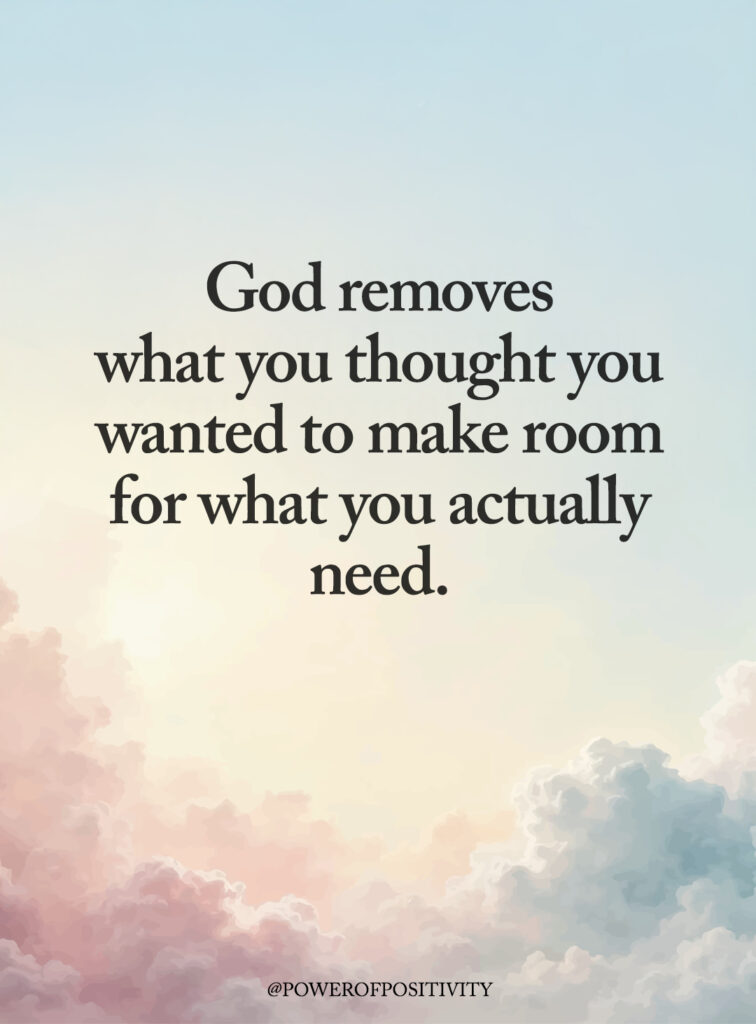
5. Material & Financial Boundaries: Respecting Ownership and Fairness
Money and belongings can create friction when boundaries aren’t clear.
Try:
- Being upfront about shared expenses.
- Saying, “I can’t lend money right now.”
- Keeping personal property separate when needed.
Clarity keeps resentment out of the picture. When everyone knows what’s fair, connection feels lighter and more respectful.
Once you understand these boundaries, the next step is recognizing when they’re starting to blur.
Signs of Unhealthy or Weak Boundaries
Relationships start to feel one-sided when boundaries fade. You might notice:
- Saying “yes” when you really mean “no.”
- Feeling responsible for someone else’s happiness.
- Avoiding honesty because you’re afraid of upsetting them.
- Feeling guilty when you take time for yourself.
- Oversharing or letting others cross personal lines.
When boundaries weaken, stress builds. You might feel anxious, drained, or unsure where you stand. It’s not because you don’t care—it’s because you’ve given too much without enough return.
Healthy relationships need space to breathe. When one person carries all the emotional weight, balance disappears. Rebuilding boundaries doesn’t mean pulling away—it means protecting the connection so it can last.
When lines start blurring, rebuilding them doesn’t mean pushing people away—it means inviting healthier connection.
Why Setting Boundaries Isn’t Selfish—It’s Self-Respect
Saying “no” doesn’t make you cold or uncaring—it makes you honest. Boundaries aren’t about shutting people out; they’re about showing up as your best self. When you protect your time, emotions, and space, you give others a clearer version of you.
In healthy relationships, both people feel free to speak up without fear. Mutual respect grows from that honesty. Love isn’t about saying yes to everything—it’s about knowing when to say, “That doesn’t work for me,” and trusting that the other person will listen.
Real connection thrives on truth, not guilt. Setting limits gives love room to breathe, and it teaches others how to treat you.
Knowing you need boundaries is one thing—communicating them well is another.
How to Communicate Boundaries Without Conflict
1. Start with Clarity, Not Blame
Boundaries work best when you know exactly what’s bothering you.
Instead of saying, “You always talk too much,” try “I need some quiet time after work.” Clear, kind words keep defensiveness low and understanding high.
2. Choose the Right Moment
Timing can make all the difference. Avoid boundary talks in the middle of tension or anger. Wait until both people are calm and ready to listen. This helps the conversation feel respectful instead of reactive.
3. Stay Consistent, Even When It’s Uncomfortable
Boundaries lose meaning if they constantly shift. When someone forgets or crosses a line, gently remind them.
Try saying, “I know it might’ve slipped your mind, but this is still important to me.”
Consistency shows that your needs matter, and over time, people start to respect them naturally.
Sometimes, no matter how clearly you speak, others will still test your limits.
When Someone Crosses the Line
Not every boundary mistake comes from bad intentions. Sometimes it’s misunderstanding; other times, it’s disregard. If someone crosses the line, calmly restate your limit once. If it keeps happening, it’s okay to step back, reduce contact, or ask for professional support.
Enforcing boundaries isn’t punishment—it’s protection. It tells others that your well-being matters. In healthy relationships, people who care about you will adjust.
Healthy boundaries aren’t just about saying no—they’re also about listening when others say it to us.
Learning to Respect Other People’s Boundaries
Strong relationships go both ways. Respecting others’ limits is just as important as protecting your own.
A few ways to do that include:
- Asking before you touch, share, or post.
- Listening when someone says they need space.
- Responding with patience, not pressure.
When you honor someone’s boundaries, you show that their comfort matters. This creates emotional safety, deeper trust, and long-term peace—key signs of healthy relationships.
Once both sides understand limits, relationships grow stronger and more peaceful.
The Freedom Boundaries Bring
Boundaries don’t keep people apart—they make closeness real. When each person feels heard and respected, love becomes lighter and more genuine.
Healthy relationships thrive on mutual care, honesty, and balance. You can give more freely when you know your limits are safe.
Respectful boundaries lead to connection built on choice, not obligation. Both people grow, both feel seen, and both feel safe.
Healthy boundaries don’t build walls between people—they build doors that open to real connection.




